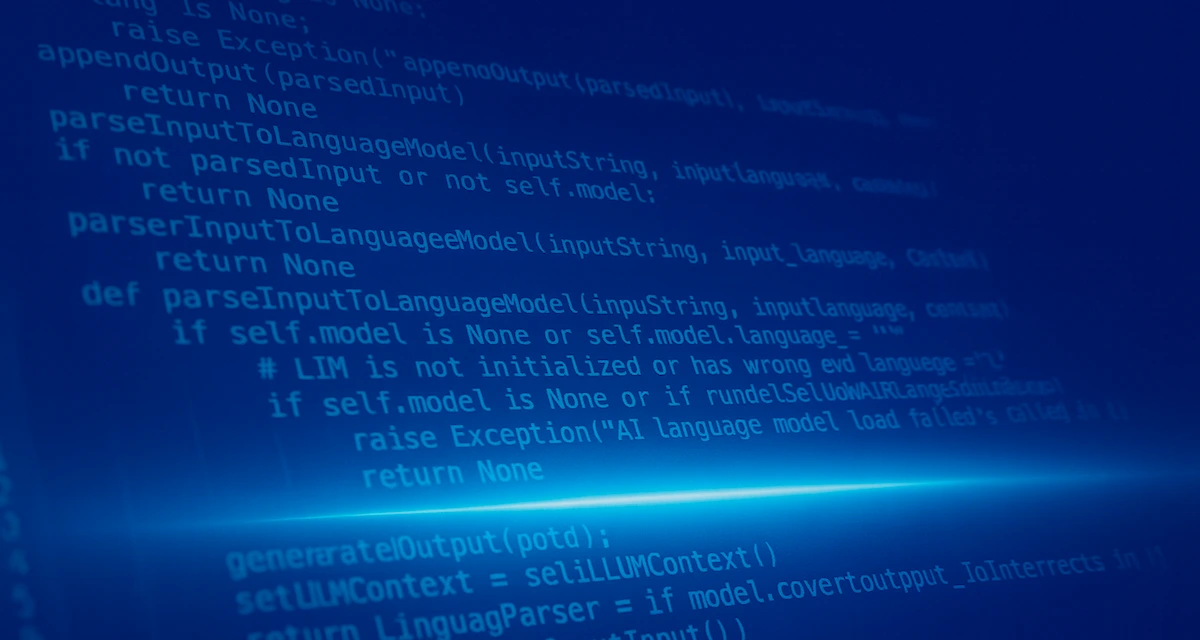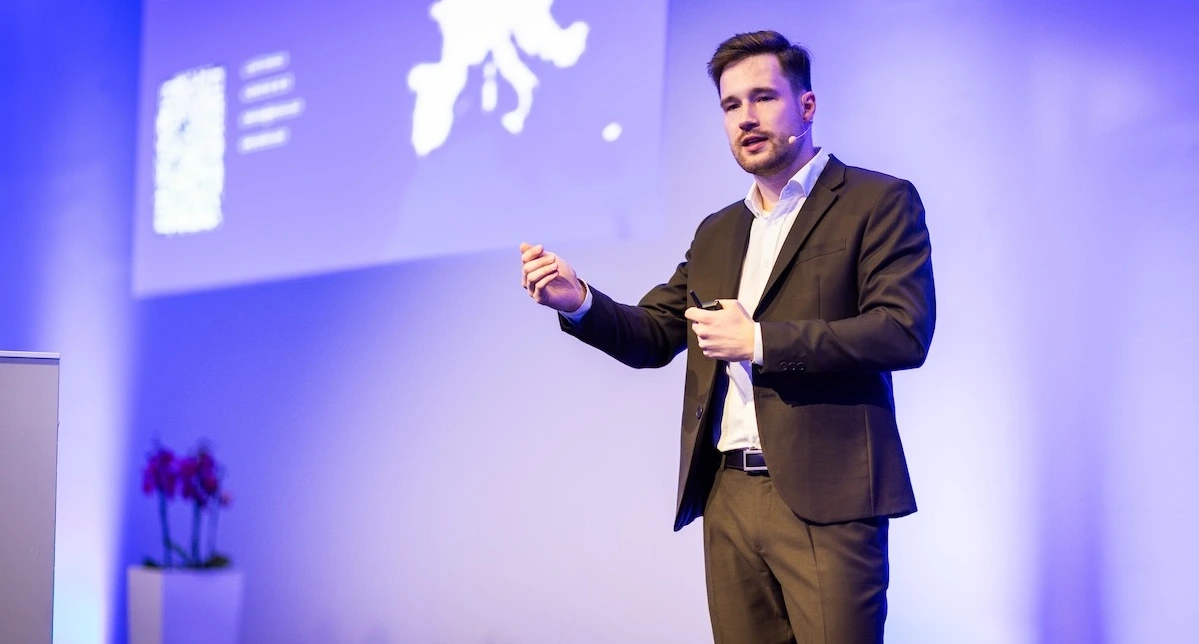Practical approaches to collecting and transmitting M-Bus data in smart utility projects
When it comes to integrating metering systems in energy and utility projects, M-Bus is a well-established solution. Having been on the market for decades, this wired communication protocol continues to serve as the backbone for collecting data from water, gas, and heat meters across the globe. Yet, the requirements are changing. Today’s projects demand remote meter reading, seamless integration with IoT platforms, and the ability to scale quickly. These new demands often introduce technical challenges – especially when attempting to modernise legacy infrastructure. That’s exactly where smart, flexible solutions become essential.
M-Bus in the IoT era: A trusted standard, reimagined
M-Bus (Meter-Bus) is a wired communication system operating in half-duplex mode, with typical voltage levels of 36V required to send signals from the master device to the slaves. In practical terms, any IoT-enabled device meant to collect and forwardM-Bus data (e.g. via LoRaWAN or NB-IoT) must handle:
- Proper timing and power levels
- Diverse data formats returned by different meters
- Compatibility with proprietary or partially documented telegram structures
Each project often involves a unique mix of meters, protocols, and customer expectations. Documentation is frequently out of date or incomplete. There's rarely enough time for deep telegram analysis or custom decoding – especially when scaling fast.
Four common methods for collecting M-Bus data
Let’s explore the four main approaches currently used to read and transmit data from M-Bus meters – each suited to different levels of project complexity, time pressure, and resource availability.
1. Fixed configuration for specific meters
A straightforward solution that requires minimal setup. Best suited for projects where meter types are fixed and unlikely to change.However, any change in meter brand or model requires a configuration update in the converter.
2. Configurable devices for multiple meter types
These devices support switching between predefined meter types without requiring firmware changes. This is ideal for environments with a known selection of meters, offering flexibility without increasing setup time.
3. Transparent converters
This approach passes raw M-Bus telegrams directly to the backend, where the system is responsible for interpreting the data. Suitable for teams with in-house expertise in telegram decoding and for use with NB-IoT, where message size constraints are less of an issue.
4. Smart converters with data filtering
These converters analyse telegram structures using VIF/DIF fields and transmit only the required values. This reduces data volume, lowers backend processing load, and simplifies third-party system integration.
Universal solution for every integration phase
We at ACRIOS offer a line of wireless M-Bus converters designed specifically for system integrators, technical teams, and project managers tackling diverse and evolving requirements. Our converters support all four data collection methods listed above, offering:
- Rapid deployment with no need for custom software development
- Broad compatibility with new meters added easily – no firmware update required
- Detailed, transparent documentation including configuration examples, telegram structures, and API specifications
- Expert support, including help with proprietary meter formats and frequent reporting schedules
All ACRIOS solutions are compatible with LoRaWAN and NB-IoT, supporting remote configuration, over-the-air updates, and efficient device management.
Less development, greater control
Connecting M-Bus meters to modern IoT networks no longer needs to be a complex, custom-coded task. With the right components, it becomes a repeatable, scalable, and maintainable process. ACRIOS provides a versatile, reliable solution that simplifies integration, reduces internal development time, and ensures you maintain full control – even when every project is slightly different from the last.
M-Bus to IoT integration FAQs
What is M-Bus and how does it work in IoT systems?
M-Bus (Meter-Bus) is a wired protocol used for reading utility meters. In IoT networks, wireless converters read M-Bus data and transmit it over networkslike LoRaWAN or NB-IoT.
What is the easiest way to connect M-Bus meters to an IoT platform?
Smart wireless converters—like those from ACRIOS Systems—enable quick setup, with no firmware modifications and flexible support for different meter types.
Can I use NB-IoT or LoRaWAN with M-Bus?
Yes. ACRIOS converters support both NB-IoT and LoRaWAN, offering flexibility in network choice depending on coverage, bandwidth needs, and application.
Do I need to build a custom decoder for each meter?
Not necessarily. Smart converters with built-in filtering can extract only the necessary values, significantly reducing the need for custom decoding.
Need help integrating M-Bus meters into your IoT project? Contact us to discuss the best-fit solution.




.webp)


